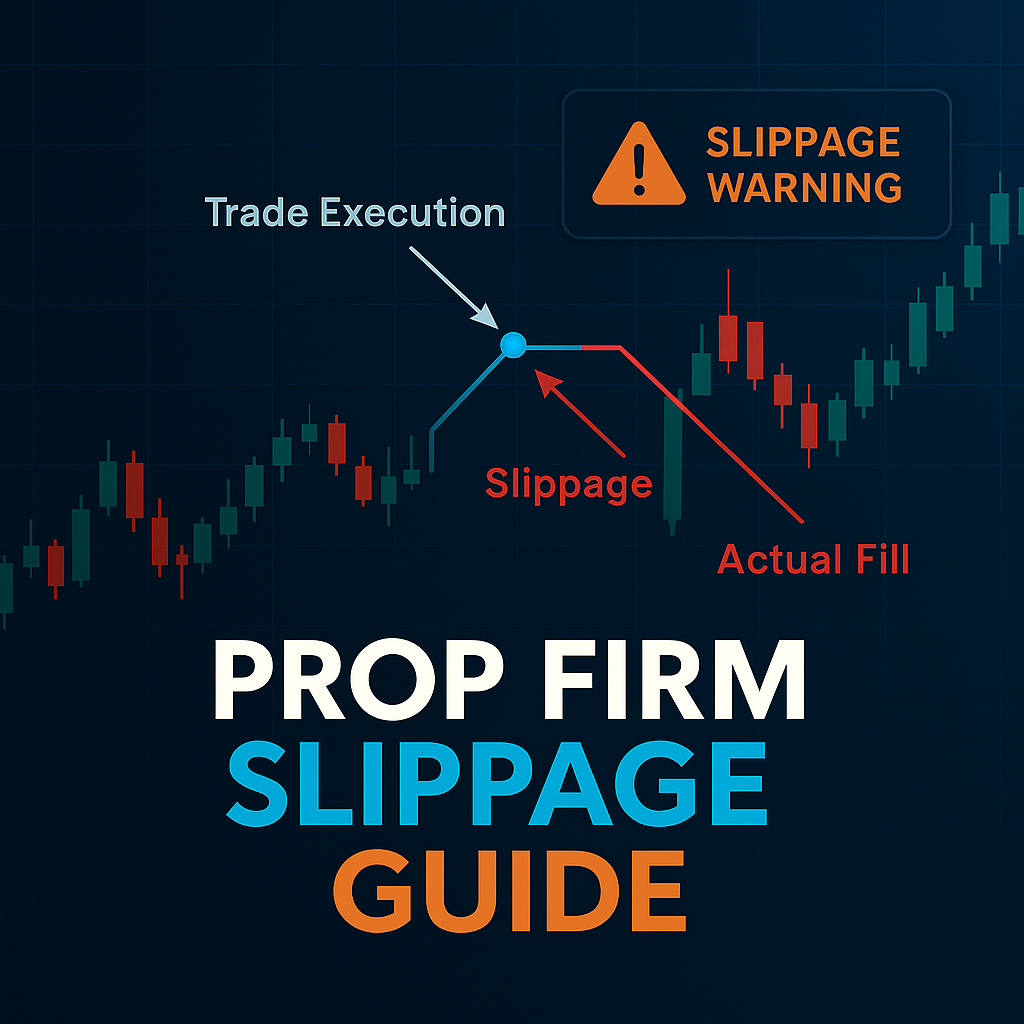Prop Firm Slippage Guide: Understanding Slippage and How to Handle It
Every serious trader must understand slippage—especially those working with proprietary trading models. This prop firm slippage guide is designed to give you clear, practical insights into what slippage is, why it occurs, and most importantly, how to minimize its impact in fast-moving markets.
At Larsa Capital, we focus on equipping traders with the knowledge and tools needed to trade like professionals. Handling slippage the right way isn’t just technical—it’s strategic.
What Is Slippage in Trading?
Slippage occurs when your trade is executed at a different price than expected. This usually happens in highly volatile conditions, when there’s a rapid price shift between the time your order is placed and the time it’s filled.
There are two main types of slippage:
-
Positive slippage: You get a better price than requested.
-
Negative slippage: You receive a worse price, which is more common during high-impact news or low-liquidity periods.
Although slippage can’t be completely eliminated, understanding it is the first step toward managing it effectively in a prop trading environment.
Why Slippage Happens in Prop Trading
Slippage is not a glitch—it’s a normal part of real-world market mechanics. Here are some key reasons it occurs:
-
News events creating massive volatility
-
Low liquidity during off-hours or on exotic pairs
-
Market gaps, especially at open or after major announcements
-
Instant order execution demands during fast price changes
In a prop firm setting, where strict risk rules apply, managing slippage becomes even more critical.
Prop Firm Slippage Guide: How to Reduce Slippage Risk
This prop firm slippage guide emphasizes preparation and strategy. Here’s how to reduce its negative effects:
Trade High-Liquidity Sessions
Avoid entering trades during illiquid times. Focus on sessions where your traded instruments are most active, such as the London or New York sessions.
Use Limit Orders
While market orders are faster, limit orders give you control over entry price. They help avoid slippage altogether, especially for larger positions.
Monitor Economic Calendars
Volatility from major news releases can create extreme slippage. Plan trades around high-impact events, and tighten risk or avoid entries during these windows.
Choose Reliable Execution Partners
Execution speed and order routing quality matter. At Larsa Capital, we partner with top-tier liquidity providers to ensure minimal slippage and fast fills across all trading platforms.
Backtest During News Periods
Include slippage in your backtesting, especially if you plan to trade during volatile times. This gives a more realistic view of strategy performance.
Larsa Capital’s Approach to Slippage
At Larsa Capital, we know that slippage management is crucial. That’s why we’ve structured our trading conditions with fair execution policies and access to deep liquidity pools. While slippage is part of trading, we make sure it’s transparent and not manipulated.
We also encourage traders to monitor their performance logs, identify patterns, and adjust their strategy accordingly—especially after slippage-heavy trades.
Final Thoughts
Understanding slippage is a key factor in developing into a consistent trader. With this prop firm slippage guide, you now have the tools to anticipate it, reduce its impact, and avoid unnecessary frustration.
Slippage is part of the real trading environment, but when handled properly, it becomes just another manageable risk—like any other variable in your trading strategy.
Smart traders don’t avoid volatility—they prepare for it. That’s exactly what we help you do at Larsa Capital.

